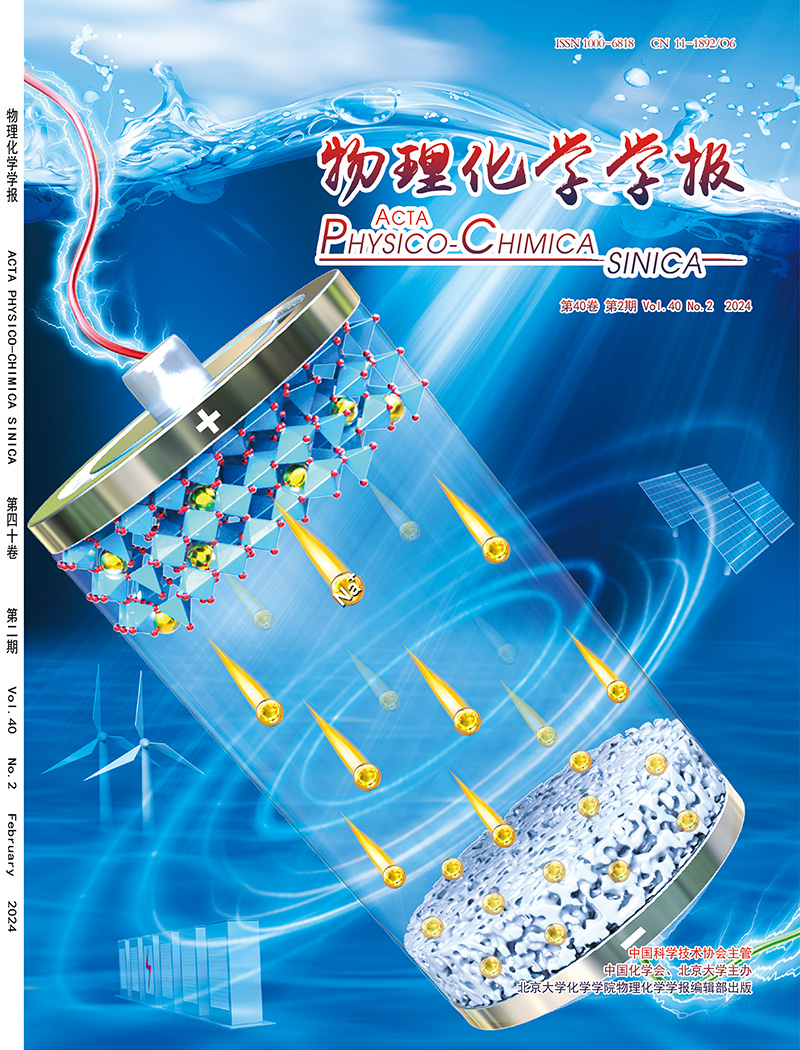Recent advances in iron-based heterostructure anode materials for sodium ion batteries
IF 10.8
2区 化学
Q1 CHEMISTRY, PHYSICAL
引用次数: 0
Abstract
Sodium ion batteries (SIBs), characterized by high energy density, prolonged cycle life, and cost-effectiveness, have garnered substantial attention as scalable energy storage devices. However, the primary challenge facing SIBs is the identification of suitable electrode materials capable of accommodating sodium ions reversibly and sustainably. To transition SIBs from the experimental stage to practical applications, the identification of electrode materials exhibiting satisfactory electrochemical performance is imperative. Iron (Fe), as a widely utilized metal element, exhibits considerable potential for application as anode materials in SIBs due to its abundance, cost-effectiveness, and high specific capacity. Nonetheless, Fe-based electrode materials suffer from low conductivity and significant volume changes during charge and discharge processes, leading to poor rate performance and cyclic stability, thereby restricting their widespread application in SIBs. Various modification strategies, such as nanosizing electrode materials, heteroatom doping, heterostructure construction, and combination with fast ion conductors, have been reported to address these challenges. Importantly, engineering Fe-based electrode materials with heterogeneous structures, integrating two or more components via van der Waals forces or chemical bonds, is crucial for creating intricate heterogeneous interfaces. These interfaces generate self-built electric fields that expedite ion transport, enhance reaction kinetics, and mitigate structural damage due to volume changes during cycling, thereby significantly improving the overall electrochemical performance of Fe-based materials in SIBs. Given the rapid advancements in the utilization of Fe-based materials in SIBs, a comprehensive review is necessary to not only summarize recent progress but also provide insight and guidance on their application in SIBs. This review offers a detailed overview of the research progress on Fe-based anode materials with heterostructure in SIBs. Emphasis is placed on synthesis methods, characterization techniques, and energy storage mechanisms of heterostructure Fe-based electrode materials. Additionally, the sodium ion storage characteristics, modification strategies, and strengthening mechanisms of Fe-based materials, including Fe-based oxides, sulfides, phosphides, selenides, as well as dual-anion Fe-based anode materials, are summarized. Finally, the remaining challenges and future development prospects of Fe-based heterostructure anode materials are discussed, aiming to promote the rapid development and practical application of these materials for SIBs.

钠离子电池铁基异质结构负极材料研究进展
钠离子电池(SIBs)作为一种可扩展的储能设备,具有高能量密度、长循环寿命和成本效益等特点,受到了广泛的关注。然而,sib面临的主要挑战是确定合适的电极材料,能够可逆和可持续地容纳钠离子。为了使SIBs从实验阶段过渡到实际应用,确定具有满意电化学性能的电极材料是必不可少的。铁(Fe)作为一种被广泛应用的金属元素,由于其丰富、经济、高比容量等优点,在sib阳极材料中具有相当大的应用潜力。然而,铁基电极材料在充放电过程中电导率低,体积变化大,导致倍率性能和循环稳定性差,限制了其在sib中的广泛应用。各种修饰策略,如纳米电极材料、杂原子掺杂、异质结构构建和与快速离子导体的结合,已经被报道来解决这些挑战。重要的是,工程铁基电极材料具有非均相结构,通过范德华力或化学键集成两个或多个组件,对于创建复杂的非均相界面至关重要。这些界面产生自建电场,加速离子传输,增强反应动力学,减轻循环过程中体积变化造成的结构损伤,从而显著提高sib中铁基材料的整体电化学性能。鉴于铁基材料在sib中的应用进展迅速,有必要进行全面的综述,不仅总结最近的进展,而且为其在sib中的应用提供见解和指导。本文对sib中具有异质结构的铁基阳极材料的研究进展进行了综述。重点介绍了异质结构铁基电极材料的合成方法、表征技术和储能机理。此外,综述了铁基氧化物、硫化物、磷化物、硒化物以及双阴离子铁基负极材料的钠离子存储特性、改性策略和强化机理。最后,讨论了铁基异质结构阳极材料存在的挑战和未来的发展前景,旨在促进这些材料在sib中的快速发展和实际应用。
本文章由计算机程序翻译,如有差异,请以英文原文为准。
求助全文
约1分钟内获得全文
求助全文

 求助内容:
求助内容: 应助结果提醒方式:
应助结果提醒方式:


